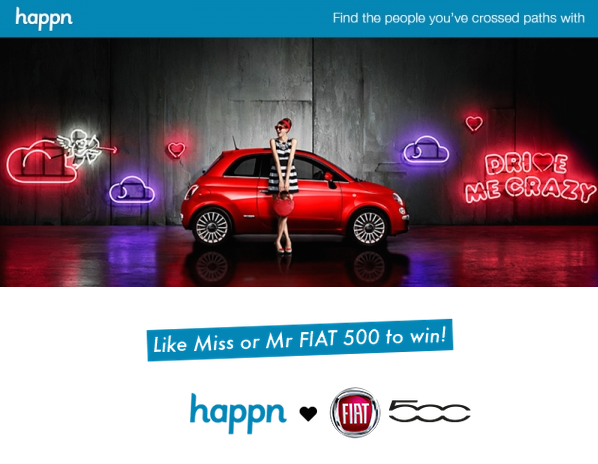 > More and more consumers in Asia-Pacific are shifting from mass-consumption to mass-customisation
> More and more consumers in Asia-Pacific are shifting from mass-consumption to mass-customisation
In today’s era, it seems that we can never escape from advertising. Consumers face countless ads either from print or offline advertising, to online advertising everyday. They feel as though they are being chased to purchase something and that there are plenty of irrelevant ads coming to their knowing. And the main problem is, these consumers can hardly differentiate one ad from another.
Every business wants their product or services to get maximum reach and awareness. However, it is critical for a company to put extra effort in crafting a marketing campaign for the right people and delivering it to them at the right time. The challenge is to personalise offerings or campaigns for each type of customer persona.
In a recent interview from Southeast Asia Globe with Acacia Leroy, trend strategist for Asia-Pacific at TrendWatching explained that more and more consumers in Asia-Pacific are shifting from mass-consumption to mass-customisation. “This megatrend arises from people’s basic needs of self-expression and social recognition for their individual tastes, personality and identity through consumption”, she said to Southeast Asia Globe. Moreover, Leroy also stated that “More and more people value self-expression and individuality, and it is now [everything], from school education, and self-development classes to advertising campaigns, that tell people to be ‘yourself’”. However, she argued that consumer behaviour and desire for customisation and personalisation in Asia-Pacific is determined by one’s level of education, exposure to the luxury market and overall sophistication.
Another report from J. Walter Thompson Intelligence claimed that there are ten emerging trends of brands and marketing in 2017 to look out for. In this article, we select few trends that we think are the most-sought in 2017
‘Game-vertising
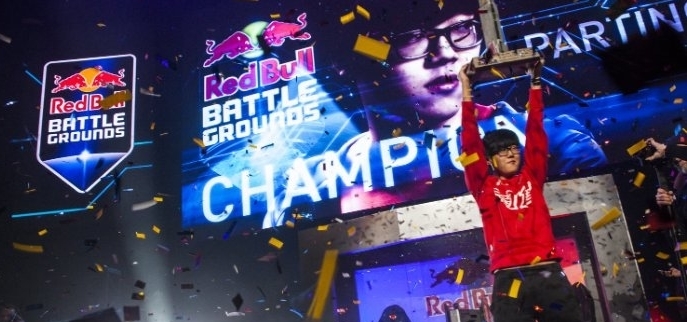
A recent trend involves putting advertisement in online gaming platforms. A majority of people stream online to watch their favorite game on Twitch, a live streaming platform for online gaming. Wall Street Journal reports state that big brands like Coke, Pepsi, Bud Light, Pizza Hut, Old Spice and Red Bull have recently entered Twitch.
VR Ads
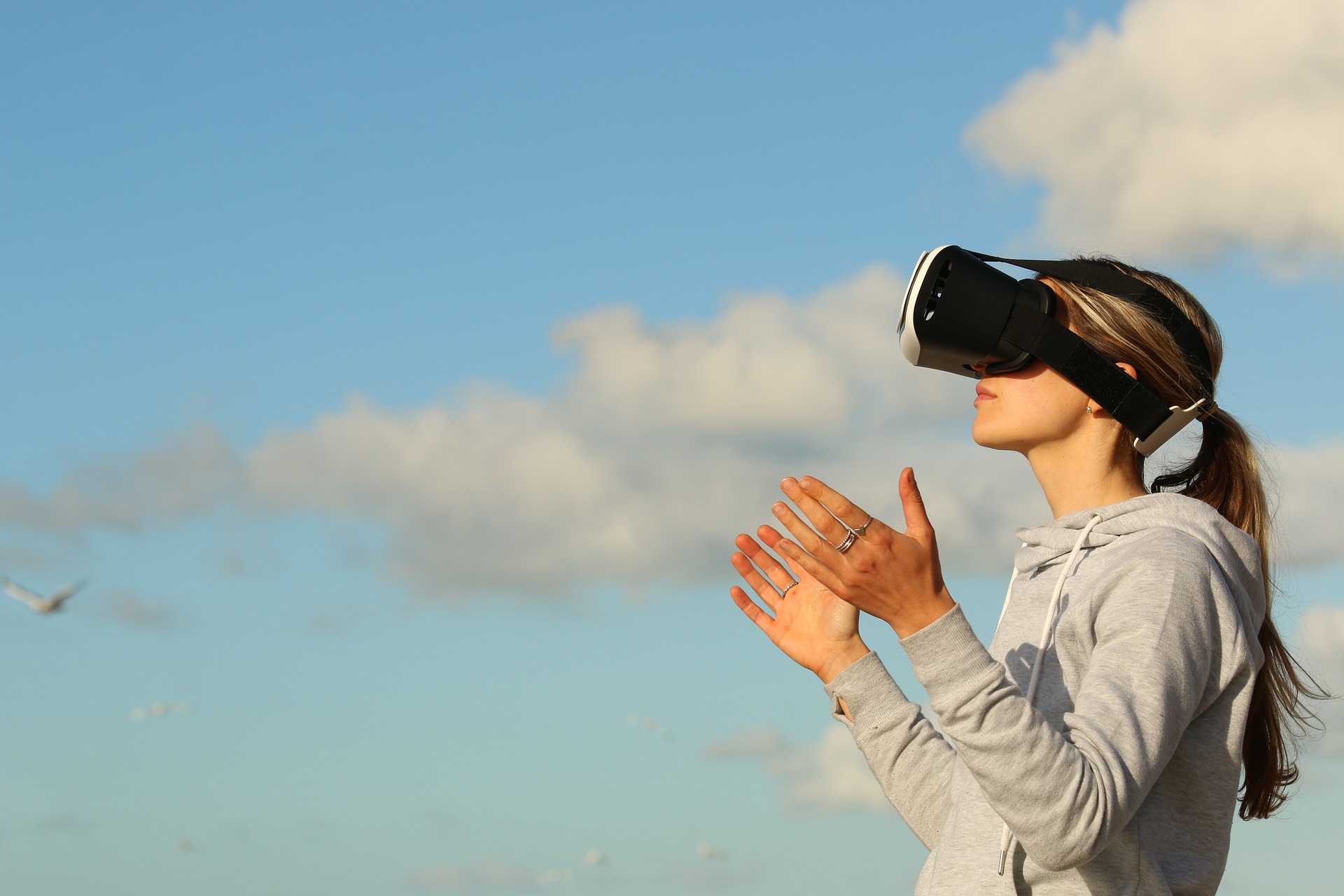 While it’s still in its early stages, affordable VRs are on the rise. VR technology adoption has allowed more people to choose to purchase cheaper options of VR. In addition, studies have shown that advertising in VR will provide 27% more emotional attachment as compared to 2D ads. This could be a big opportunity for brands to look into.
While it’s still in its early stages, affordable VRs are on the rise. VR technology adoption has allowed more people to choose to purchase cheaper options of VR. In addition, studies have shown that advertising in VR will provide 27% more emotional attachment as compared to 2D ads. This could be a big opportunity for brands to look into.
Age of the Single Lady

Women consumer categorisation of mom or wife will be the thing of the past. Global trends on millennials are delaying marriage. Thus, the rise of independent women. Therefore, marketers should tap into this category. Marketers should be able to communicate with the single, independent lady by not categorising them as unmarried or a wife lady.
Double-Take Packaging
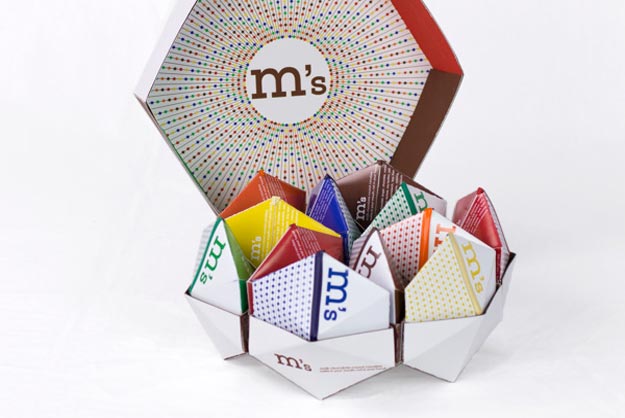 [Image Source](https://cdn.psfk.com/wp-content/uploads/2013/11/alyssa-phillips-mms-packaging-redesign-3.jpg)
[Image Source](https://cdn.psfk.com/wp-content/uploads/2013/11/alyssa-phillips-mms-packaging-redesign-3.jpg)
Interestingly, changing the product packaging can shift consumers perception and attitudes towards the brand. It is about breaking the packaging norms. Technology brands can be marketed as beauty. And beauty products can be marketed as food products. An example is the Moschino Fresh in late 2015, where they introduced a cleaning product with a fragrance packaging.
Unexpected Platform Tie-Ups
“Go where your audience is” is the perfect saying for this trend. Not only is brand cross-collaboration for related events, causes or similar attitudes but rather ‘unconventional, intentionally provocative brand partnerships’ as long as they share the same audiences. In this case, the dating-app Happn introduced a partnership with Fiat. In September 2016, high-end fashion Hood By Air tied-up with Pornhub, the online porn streaming platform. The argument is that both dating, hook-up sites and also porn, boosts large audiences with frequent daily engagement.
Political Consumers
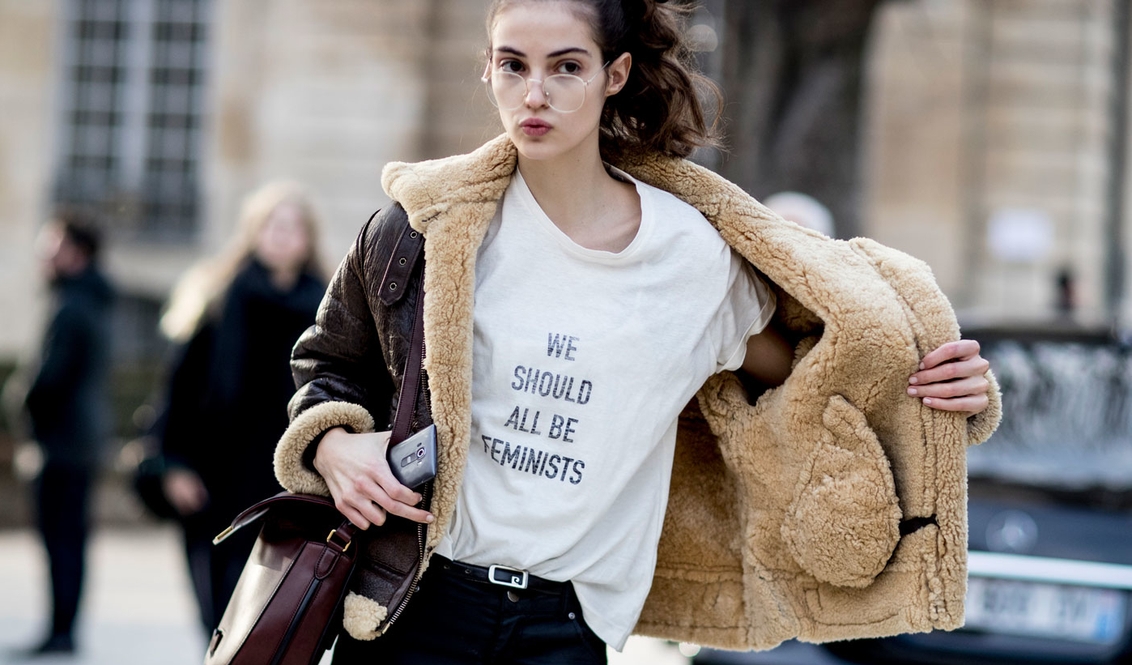 [Image source](http://cdn3-www.thefashionspot.com/assets/uploads/gallery/dior-feminist-tee/paris-hc-moc-rs17-5754.jpg)
[Image source](http://cdn3-www.thefashionspot.com/assets/uploads/gallery/dior-feminist-tee/paris-hc-moc-rs17-5754.jpg)
In today’s day and age, more and more consumers look to brands to stand up for certain values. Whilst it may still be early for big or mainstream brands to engage in such activities. For the rest, this could be an extension for “psychographics” over “demographics”, an opportunity to tap into customers who share the same belief as them.
Ad Opportunities in Malaysia
Malaysia, one of the fastest growing nations in Southeast Asia, presents plenty opportunities for marketers to take advantage of. An advanced moderate society empowered by great infrastructures and transportation system, all with diverse culture, blending together in harmony. Malaysia is the country to look for. What do Malaysian consumers look like? Warc Exclusive in 2016 presents four characteristics of advertising in Malaysia.
Digital Natives
According to TNS, Malaysians are amongst the most connected consumers in the world. With more than 60% of the total population under 30 years of age, Malaysians are dominated by either generation Z or millennials, two generations that are most able to adapt to technology and digital natives. 60% of Malaysians cannot be separated from their mobiles, from TNS data, the first thing 35% of Malaysians do when they get out of bed is open Facebook, 70% watch YouTube daily. This data is supported on the growth of mobile advertising itself. The product and services market in Malaysia is becoming more on-demand.
Spending Time Outside, Malls and Activation Marketing
Malaysian spends most of their days outside home. According to Kinetic, the average Malaysian spends 11 hours per day outside their home, higher than Singapore and Hong Kong. Whilst Malaysians spend their day outside home, they also love to shop. 3 Malaysian malls are on the list of the world’s top 10 largest malls. The development of malls is also poised to continue as there are more than 15 malls that have been opened in the past 12 months in the Klang Valley alone due to the fact that Malaysians prefer to travel less than 20km for their ‘retail therapy’.
Changing Marketing Talent Landscape
More and more Malaysians are interested in opening up their own business after they finish with their higher education. Whether it be a restaurant, bakery, barbershop, or a technology startup, they prefer working on their own than working corporate from 9 to 5.
Affluent Demographics, Halal Industry on the Rise
Malaysia has another trend on the rise Islamisation trends and preferences. More and more Malays live in duality: liberal-minded when it comes to the others, yet follow their own religious practices diligently. This drives the halal economy in Malaysia, this includes products, banking and edutainment. Whilst Islamic banks have become the first to enter the halal economy, others are slowly catching up. Halal cosmetic products including Islamic fashion are on the rise, attracting the ‘eyeballs and wallets’ of many Malaysians.


